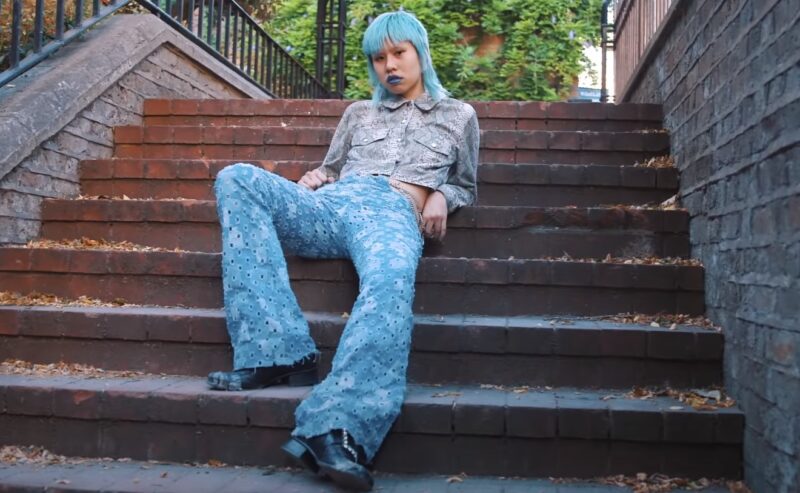Gender fluidity in fashion represents a dynamic and evolving narrative that challenges traditional gender norms through the medium of clothing and style. Its rich history spans various cultures and epochs, showcasing how clothing has been used to express identity beyond the binary definitions of male and female.
This trend signifies an increasing recognition of gender diversity and a departure from strict gender roles, inspiring people to express their true selves through their fashion choices. As the concept of gender fluidity gains traction within the industry, more designers are crafting gender-neutral collections.
These collections accommodate a broader range of identities, enabling individuals to showcase their distinct styles without the limitations imposed by conventional gender-specific labels.
The Origins of Gender-Fluid Clothing
A concept that challenges traditional gender norms through clothing and style, gender-fluid fashion boasts a rich and varied history that stretches across different cultures and periods. Its origins lie in ancient civilizations, where attire was more than just fabric—it was a medium for expressing identities that transcended the conventional male and female categories.
Ancient Civilizations
The journey began in ancient civilizations, where the distinctions between men’s and women’s clothing were not as pronounced as in later periods. For example, in Ancient Egypt, both men and women wore similar tunics and makeup, symbolizing a society that valued aesthetics over rigid gender norms.
The Greeks and Romans also exhibited a form of gender fluidity, with garments like togas and tunics worn irrespective of gender, focusing more on status and occasion than on gender-specific attire.
The Renaissance and Enlightenment
Moving forward to the Renaissance and Enlightenment periods, European fashion saw men adorning themselves with elaborate wigs, high heels, and silk stockings – items that today would be considered feminine. This era was marked by a flamboyant display of wealth and status through clothing, challenging the strict gender binaries that would later dominate the Victorian era.
20th Century: Breaking Boundaries
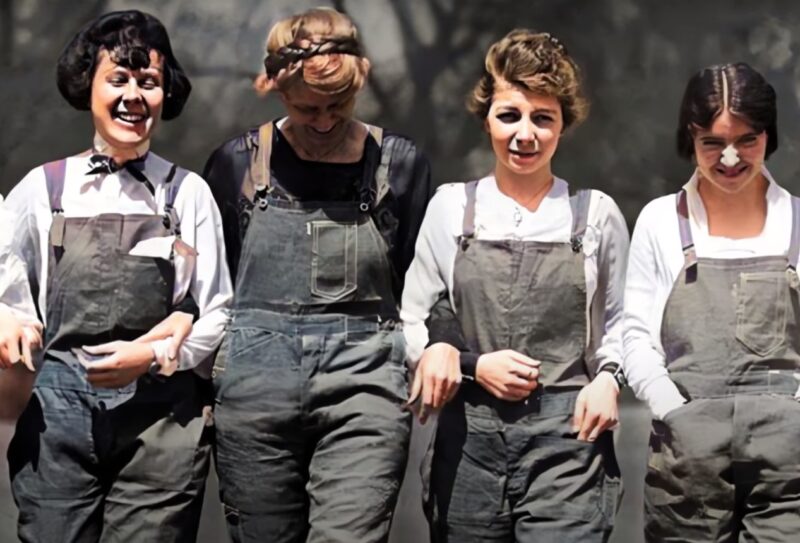
The 20th century marked significant strides in gender-fluid fashion. The 1920s and 30s saw women like Marlene Dietrich and z adopting trousers and suits, traditionally male attire, symbolizing a shift in societal norms.
The post-war era, especially the 1960s and 70s, witnessed an explosion of gender-bending fashion, with artists like David Bowie and Prince challenging traditional norms through their androgynous styles.
The Evolution in the Late 20th and Early 21st Century
As we moved towards the late 20th and early 21st centuries, gender fluidity in fashion became more prominent, reflecting broader social changes towards gender identity and expression.
The Influence of Pop Culture and Media
The influence of pop culture was instrumental in bringing gender-fluid fashion to the mainstream. Music icons like Madonna, Boy George, and Kurt Cobain played pivotal roles in popularizing androgynous styles.
The advent of the internet and social media further democratized fashion, allowing individuals to explore and express their gender identities more freely and visibly.
Industry’s Response
The industry began to respond to this cultural shift. Designers like Jean-Paul Gaultier, Vivienne Westwood, and later Alessandro Michele for Gucci, started to blur the lines between menswear and womenswear in their collections.
The concept of unisex clothing gained popularity, with numerous brands launching gender-neutral lines, recognizing the changing dynamics of gender in fashion.
Societal and Cultural Shifts
Societal attitudes towards gender fluidity have evolved considerably in the early 21st century. This shift is reflected in the increased visibility of transgender and non-binary individuals in the media and entertainment industry, influencing fashion trends and challenging traditional norms.
The Current Landscape in 2023-24
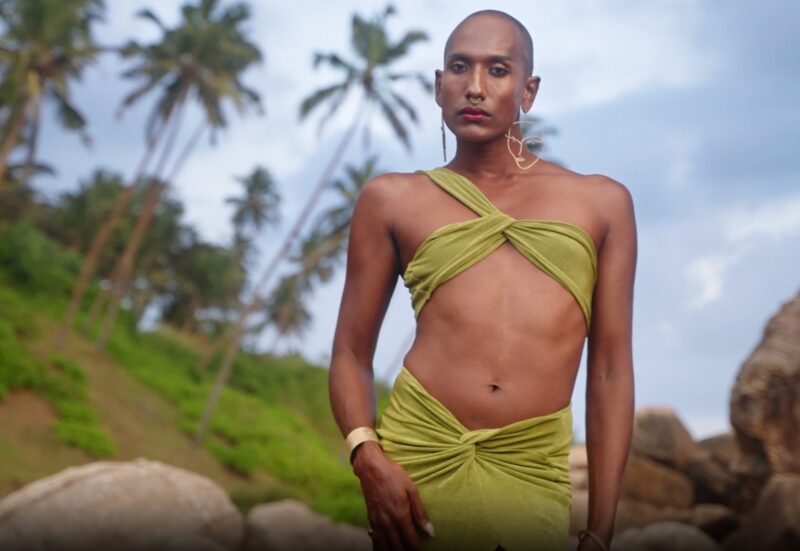
The landscape of gender-fluid fashion in 2023-24 is a testament to the progressive journey the concept has undergone over the centuries. Today, it stands at the forefront of the industry, pushing the boundaries of creativity and inclusion.
Mainstream Acceptance and Inclusivity
In 2023-24, gender-fluid fashion is not just a niche trend but a mainstream phenomenon. High-fashion brands and fast-fashion retailers alike are embracing gender-neutral designs, reflecting an inclusive approach to fashion.
The focus is on creating garments that are adaptable and appealing to a broad spectrum of individuals, irrespective of their gender identity.
The Role of Technology and Innovation
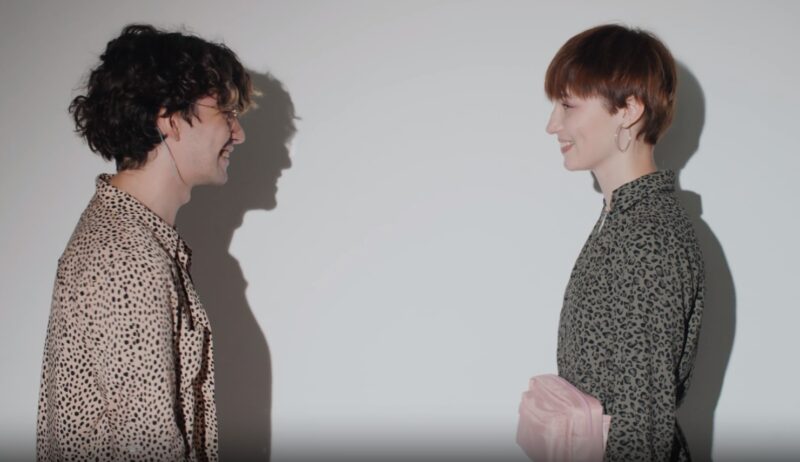
Technological advancements have played a crucial role in this evolution. Digital platforms have become spaces for showcasing and celebrating gender-fluid fashion, with influencers and fashion bloggers leading the conversation.
Virtual reality and AI are also being utilized to create personalized, gender-inclusive shopping experiences.
The Future Outlook
The future of gender-fluid fashion is bright and promising. It’s moving towards a paradigm where the binary concepts of menswear and womenswear become obsolete, giving way to a more inclusive, expressive, and diverse understanding of fashion.
This evolution is not just about clothing; it represents a broader cultural shift towards acceptance and understanding of the fluidity of gender identity.
Beyond the West
Gender-fluid fashion, while often viewed through a Western lens, has deep roots in various cultures around the world. In many non-Western societies, traditional clothing has long defied rigid gender norms, offering a broader and more inclusive understanding of fashion and identity.
Asian Influences
In parts of Asia, gender fluidity in traditional attire is evident. For example, the Japanese kimono, traditionally worn by both men and women, exemplifies a garment that transcends gender.
Similarly, in Indian culture, garments like the dhoti and saree have been adapted across genders, symbolizing a fluid approach to traditional dress.
African Perspectives
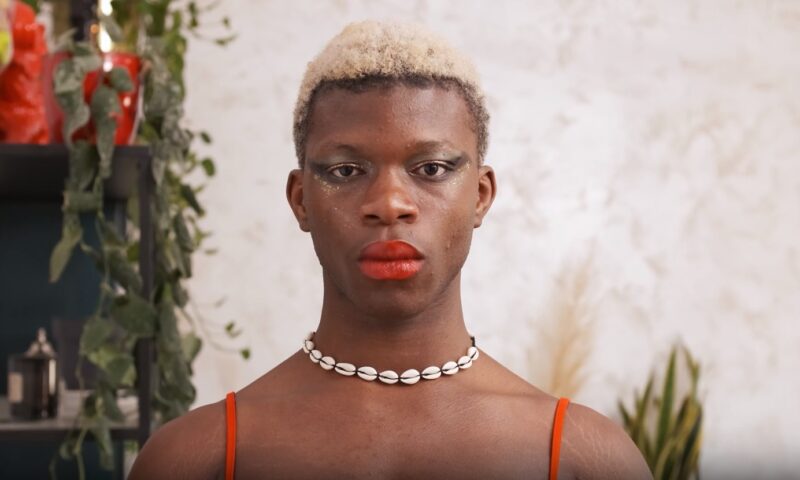
African fashion also presents examples of gender-fluid styles. In several African cultures, clothing items are not strictly categorized by gender.
Garments like robes, tunics, and wraps are commonly worn by all genders, highlighting a non-binary approach to fashion.
Indigenous Traditions
Indigenous cultures across the globe have long embraced a non-binary view of gender, reflected in their traditional attire. From the two-spirit individuals in Native American communities to the diverse gender expressions in Pacific Islander cultures, these societies showcase a rich history of gender diversity in fashion.
Economic and Consumer Trends
The rise of gender-fluid fashion is not only a cultural and social phenomenon but also an economic one, influenced by changing consumer behaviors and market dynamics.
Consumer Demand Shifts
Modern consumers, especially younger generations, are increasingly looking for authenticity and inclusivity in their fashion choices. This shift in consumer values has been a significant driver for the adoption of gender-fluid fashion, with more people seeking clothing that aligns with their personal identity and rejects traditional gender norms.
Economic Impact
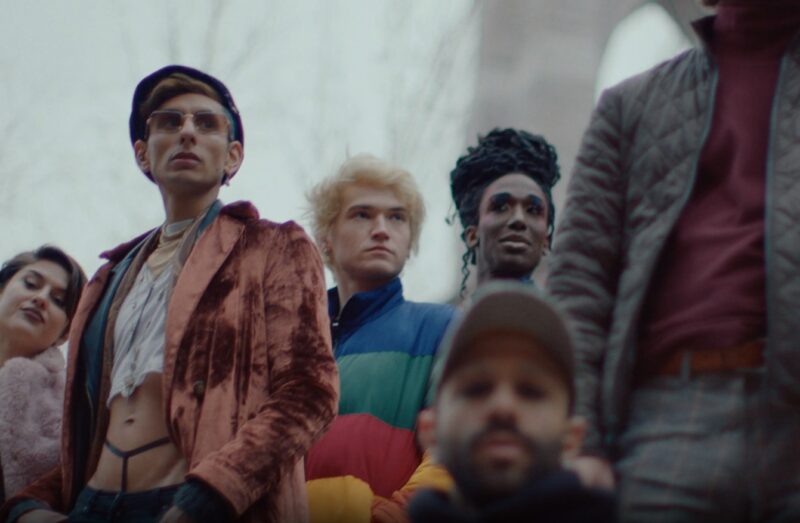
The industry, being highly responsive to market trends, has seen a notable economic incentive to embrace gender-fluid designs. As demand for more inclusive clothing rises, brands that cater to this demand are finding new market opportunities, leading to an economic boost in this sector.
Industry Adaptation
The adaptation of the industry to these trends is evident in the increasing number of gender-neutral collections being released by both high-end designers and mainstream brands. This shift is not just a response to consumer demand but also a strategic move to tap into a growing market segment.
FAQ
How does gender fluidity influence the perception of gender in society?
Gender-fluid fashion plays a significant role in shaping societal perceptions of gender. By blurring the traditional boundaries of gender-specific clothing, it promotes the idea that gender identity is fluid and diverse. This shift in fashion trends reflects and encourages a broader acceptance of various gender identities in society.
Are there any specific styles or items that have become symbols of gender fluidity?
Yes, certain styles and items have emerged as symbols of gender fluidity. For example, unisex clothing like t-shirts and jeans, traditionally masculine items like suits worn by women, and the incorporation of traditionally feminine elements like skirts or floral patterns into men’s fashion are all seen as emblematic of gender fluidity.
How has the rise of social media influenced this type of fashion?
Social media has greatly influenced gender-fluid fashion by providing a platform for diverse expressions of identity. Influencers and everyday users alike use these platforms to showcase their unique styles that defy traditional gender norms, thus inspiring others and creating communities around gender-fluid fashion.
What challenges do retailers face when introducing gender-fluid lines?
Retailers face several challenges, including overcoming ingrained societal norms, finding the right marketing strategies to appeal to a broad audience, and ensuring that their collections truly reflect gender diversity without falling into tokenism or stereotyping.
How has gender-fluid fashion impacted children’s clothing?
Gender-fluid fashion has begun to impact children’s clothing, with more brands moving away from strictly “boys” and “girls” sections to offer more inclusive, non-gendered options. This change allows children to choose clothes based on personal preference rather than societal expectations of gender.
What role do designers play in promoting gender fluidity?
Fashion designers play a crucial role in promoting gender fluidity. By creating collections that challenge traditional gender norms and showcasing these designs on various platforms, they not only offer more inclusive clothing options but also influence public opinion and contribute to a cultural shift towards greater acceptance of gender diversity.
Bottom Line
Gender-fluid fashion has come a long way since its inception. It has evolved from a niche concept to a mainstream phenomenon, reflecting the growing awareness and acceptance of gender diversity.
The industry has played a key role in this evolution, with designers creating gender-neutral collections that cater to a wider spectrum of identities. As we move forward, it is clear that gender-fluid fashion is here to stay, challenging traditional norms and empowering individuals to express their authentic selves.
